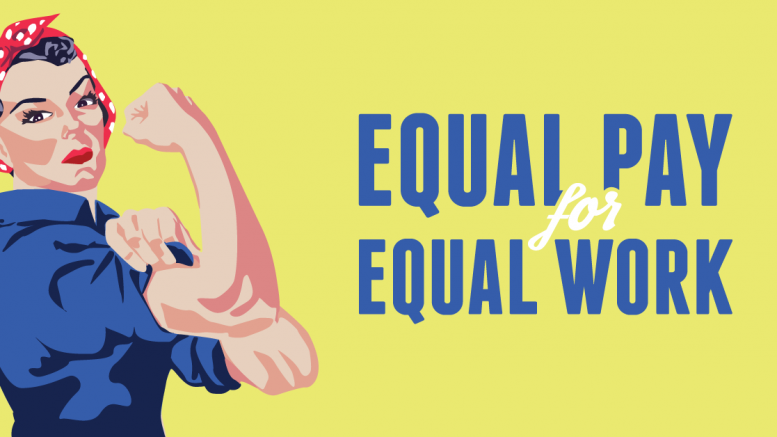Women's Equal Pay
By Alexandra Janetzke
Equal Pay has been an issue in the United States for many, many years. Since the dawn of time women have faced discrimination in many forms. In today's world women are still facing unequal pay. Women of all race, orientation, and education levels are affected by the wage gap.
The Research
National Women's Law Center Facts
Women in the US who work full time, year-round are paid 82 cents for every dollar paid to men. For women of color that wage gap is even larger.
The following is the progress that the United States has made for equal pay.
- Over 55 years have gone by since the Equal Pay Act was passed and since many women have joined the workforce.
- Black women make 62 cents to the dollar.
- Latina women make 54 cents to the dollar.
- California and New York have the best progress towards closing the wage gap.
- In D.C. women make 88 cents to the dollar.
- Louisana and Wyoming make 69 cents and 70 cents to the dollar.
- There is new legislation in over two-thirds of the states to ensure equal pay.
The Wage Gap
The Who
- Women of color are paid less that white men.
- Mothers are paid less than fathers.
- Women are affected by the wage gap as soon as they enter work force and the gap expands over their career.
- Older women experience the wage gap in retirement income, due to the gap from their working years.
- Lesbian women make less than men of any sexual orientation.
- Transgender women make less after they transition.
- Women with disabilities also experience a large gap.
- All education levels are affected by the wage gap.
- Nearly every occupation faces the wage gap.
The How/Why
- Women are paid less for doing the same work.
- The pay secrecy policies help perpetuate disparities.
- The wage gap is over-represented in low-wage jobs, and under-represented in high-wage jobs.
- Women's work is often devalued because a woman do it.
- Caregivers are discriminated against and face many barriers.
- Women in unions experience smaller gaps, but rates of unionization are low.
What we can do
- Laws can be strengthened.
- We can build ladders by removing barriers to enter into male dominated fields.
- We can lift up wages of women in low-wage jobs, but not include tips as a part of the wage.
- We can increase availability of high-quality, affordable childcare.
- We can also prevent and remedy caregiver discrimination and protect against pregnancy discrimination.
- We can establish fair scheduling.
- We can also provide paid family and medical leave.
- We can ensure access to affordable reproductive.
- We can protect workers ability to join unions and collectively bargin.
The Raise the Wage Act
Viewpoint: U.S. Soccer and it's Women's Team
The Personal Aspect
Sources
Das, Andrew. “Can U.S. Soccer and Its Women's Team Make Peace on Equal Pay?” The New York Times, The New York Times, 2 May 2020, www.nytimes.com/2020/05/02/sports/soccer/uswnt-equal-pay-women-soccer.html.
“The Raise the Wage Act: Boosting Women's Paychecks and Advancing Equal Pay.” NWLC, 21 July 2020, nwlc.org/resources/the-raise-the-wage-act-boosting-womens-paychecks-and-advancing-equal-pay/.



No comments:
Post a Comment